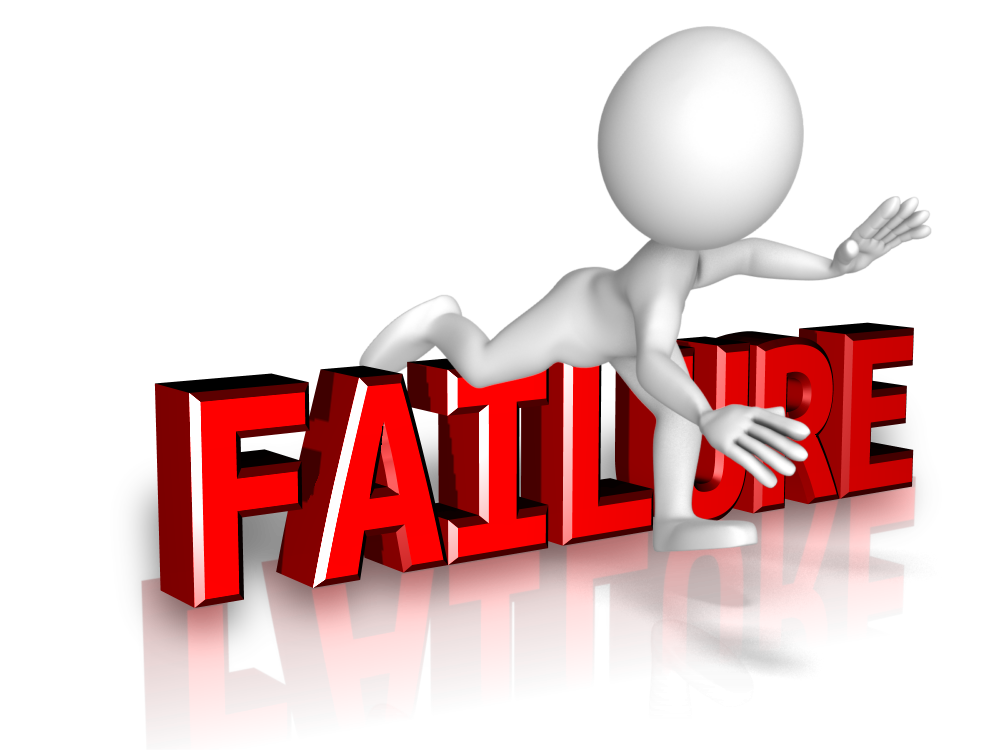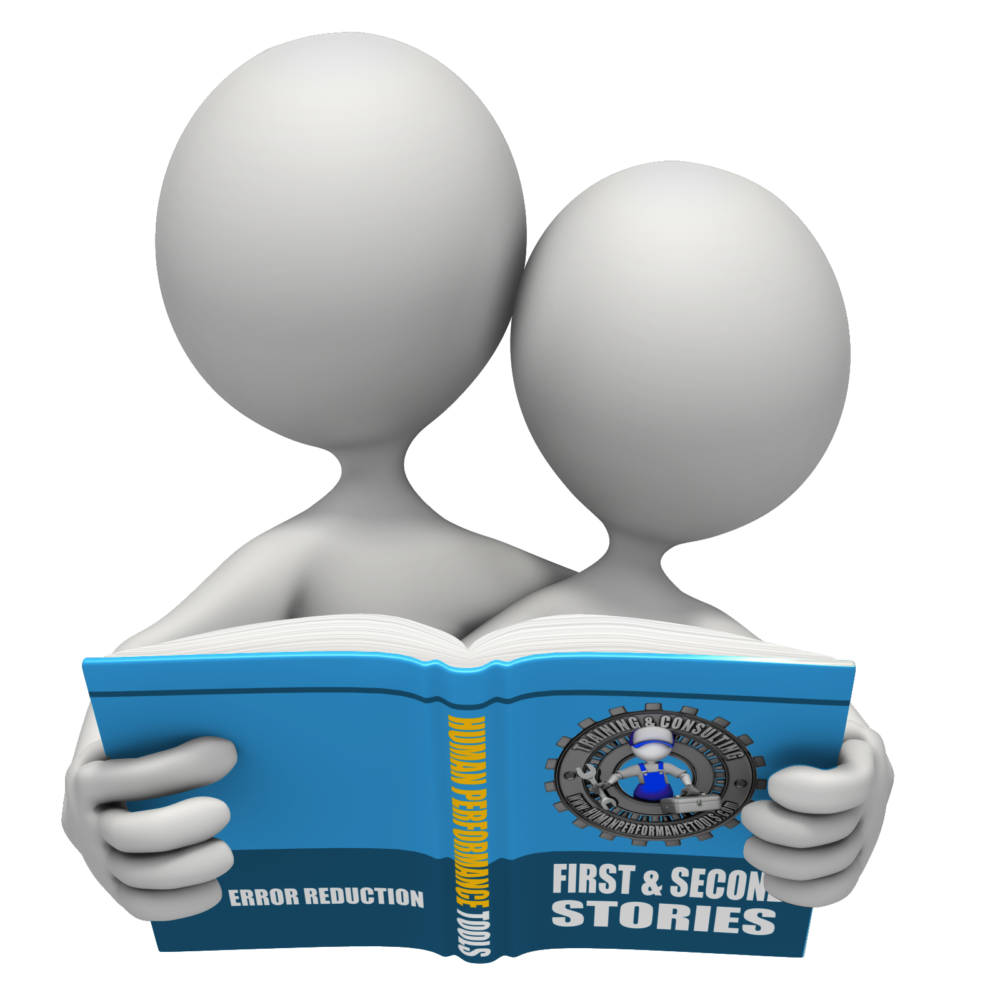Moving On After an Error
After you or someone else at your organization makes an error, it can be s struggle to move on from it. We tend to be keen on forgiving a professional person reporting the weather when they get the prediction completely wrong, but when it comes to co-workers, or even ourselves, things can be very different. If we are part of a team where one person makes a mistake and nobody sees it to prevent it, an event happens where we all must share the culpability. This can really be difficult to forgive. How many times have you heard someone say they wish they had a job where they can make as many mistakes as the person that reports the weather? Maybe not everyday, but that phrase is muttered from time to time.

When you are part of a team that feels wronged because of someone else's incompetence, it can be a stressful working situation. Have you ever heard or even said the phrase "a team is only as strong as it's weakest link"? This is probably the best time to remind everyone that the first principle of human performance improvement is that "we all make mistakes." It takes thoughtful causal analysis to begin to look at the reasons why that mistake occurred from multiple angles. People tend to want to own up to the blame before seeing that each event has multiple inputs. For example, it could be you bumped into the button on accident because it was in your vicinity and didn't have a cover over it - perhaps you slipped on water and caught yourself by pushing the button. We are indeed links in a chain of elements that build the situation that creates the event.
First Story, Second Story

When co-workers or leadership team members jump to conclusions and assume they know what caused the error that led up to an event, they could be really hurting their relationship with the worker(s) involved. David Woods calls this the "First Story" - "When an issue breaks with safety at the centre, it has been and will be told as a ‘first story’. First stories, biased by knowledge of outcome, are overly simplified accounts of the apparent ‘cause’ of the undesired outcome. The hindsight bias narrows and distorts our view of practice after-the-fact." Source
When we learn the "Second Story" only then do we understand the intricacies of what happened and if blaming or punishment even are on the table. How do you discover the "Second Story"? David Woods(Source) explains it by taking these steps:
- Escape the hindsight bias.
- Understand work as performed at the sharp end of thesystem.
- Search for systemic vulnerabilities.
- Study how practice creates safety.
- Search for underlying patterns.
- Examine how change will produce new vulnerabilitiesand paths to failure.
- Use new technology to support and enhance humanexpertise.
- Tame complexity through new forms of feedback.
Culpability
When determining culpability, I have consistently recommended using a culpability model (like James Reason's famous one below) that has a block for "Pass substitution test?". This is where we imagine a similarly qualified individual is put in place of the person perhaps making a bad decision, and imagine if they could make the same mistake. If the answer is they could or definitely they would, then should the person directly involved actually be culpable?

Define Culture
Culture is how your organization responds to an event. That is a loose interpretation of something my buddy, Todd Conklin, posed. We must admit as workers, leaders, and business owners that not everything is within our control. We have to make reasonable assumptions that people will not trip and break something while walking from and to their cars in the parking lot. Sometimes these anomalies, or "one-offs", as I've heard them phrased, happen. When this occurs, how do we react? We the organization, and we the individuals. This is the culture that is 100% within our control.
The Forgiving Part
The more your team understands error and how events happen, the easier it is to see the vulnerabilities we are each working with every day. Our additional job is to bolster up these weaknesses, so everyone can have that bad day. Also, we must forgive when we know the mistake was not intentional. Intention is difficult to root out and perhaps more difficult to understand, so a good edict to remember is to give everyone the benefit of the doubt.
